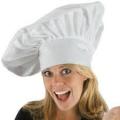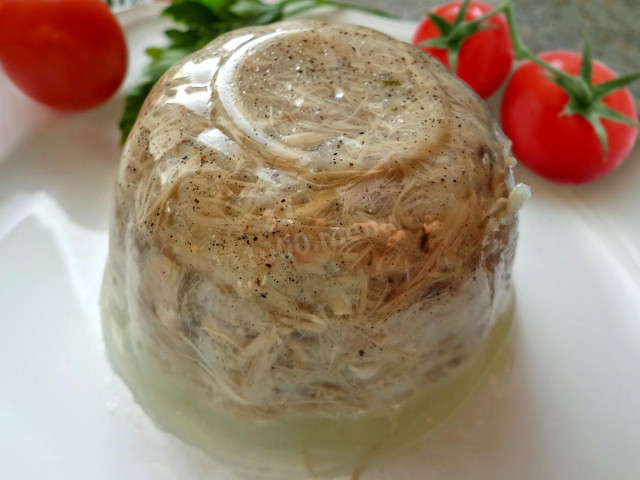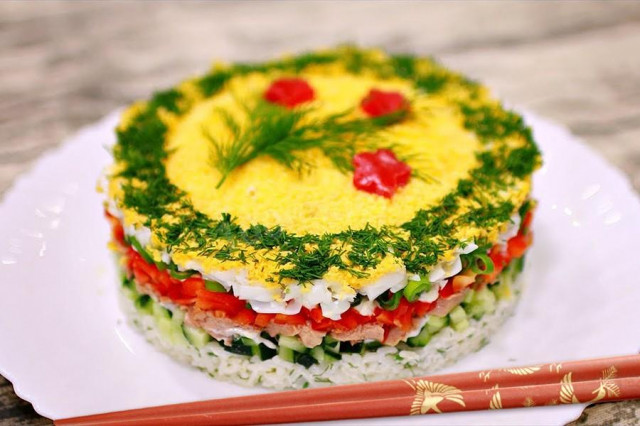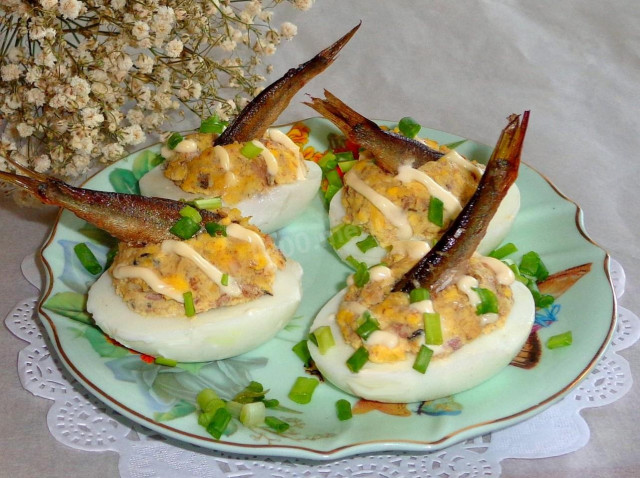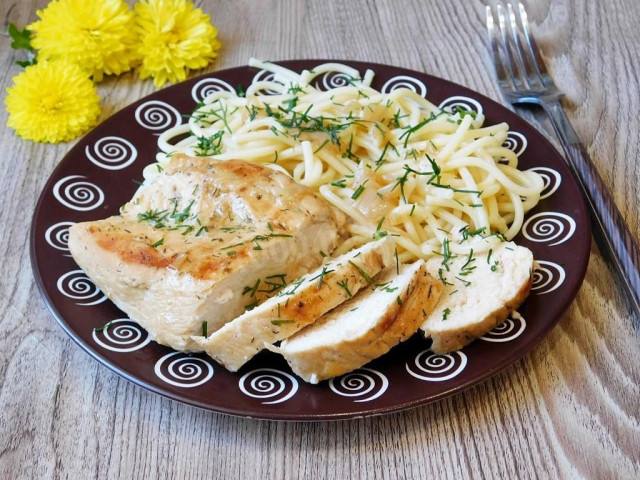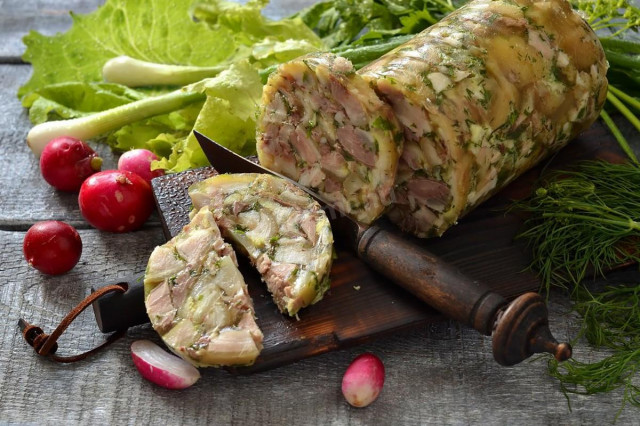Composition / ingredients
Cooking method
Cooking jelly is not difficult. You need to prepare the ingredients and start the process. If the duck is homemade, then it cooks longer than usual. Readiness is not difficult to check: the meat should easily move away from the bones. As for gelatin, it must be prepared following the instructions on the package. Instant gelatin is usually diluted in a glass of hot broth, then poured into a saucepan, but in no case cooked. Simple gelatin in granules is poured with a glass of cold water or broth, left for 5-10 minutes to swell. And only after that the swollen gelatin is added to the pot with broth.
1. We wash the duck, gut it, and cut it into pieces. We put the parts of the duck in a large saucepan. Pour cold water so that it more than covers the meat.
2. We send the pan to the fire. We do not close the lid. When the broth boils, remove the foam with a slotted spoon, turn down the heat and cook for half an hour.
3. Meanwhile, peel the carrots and onions. Mine under running water. After the specified time, we send the vegetables to the pan. Salt the broth to taste. We continue to cook until the meat is ready, for about another hour and a half.
4. Remove the finished meat from the broth, put it in a bowl. Pour ground black pepper into the broth, add bay leaf. Garlic is cleaned, passed through a press. We send the garlic to the broth.
5. Cook the broth for five minutes, then turn off the heat. Filter the broth through a fine sieve, but first extract the vegetables - they will no longer be needed.
6. Pour gelatin into the strained still hot broth. Stir until it is completely dissolved. If lumps have formed, you can re-strain.
7. The cooled meat is divided by hands into thin fibers. We put them in molds. You can take deep bowls or use one large form, this is optional.
8. Fill the meat with broth. Let it cool down to room temperature, after which we send it to the refrigerator for 4-6 hours until it completely solidifies.
If the jelly is filled in one container, it is cut into portions and served. If in molds, then you need to get the jelly. To do this, the bottom of the mold is lowered into a container with hot water, and then turned over onto a flat dish. The jelly at the base will melt and quickly come out of shape.
Bon appetit!
Calorie content of the products possible in the composition of the dish
- Carrots - 33 kcal/100g
- Dried carrots - 275 kcal/100g
- Boiled carrots - 25 kcal/100g
- Duck II category - 287 kcal/100g
- Roast duck - 401 kcal/100g
- Duck of the I category - 405 kcal/100g
- Garlic - 143 kcal/100g
- Bay leaf - 313 kcal/100g
- Ground black pepper - 255 kcal/100g
- Gelatin - 355 kcal/100g
- Salt - 0 kcal/100g
- Onion - 41 kcal/100g
